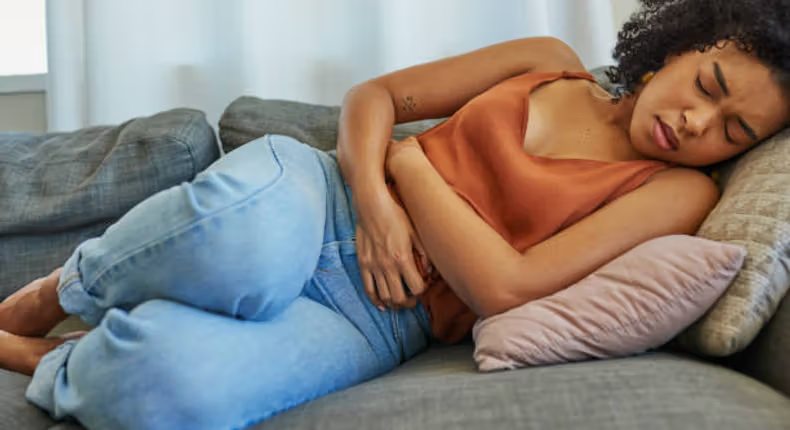Ovulation pain, also known as mittelschmerz, is the discomfort or cramping that some individuals experience on one side of the lower abdomen during ovulation. For some, this pain is mild, while others may feel significant discomfort lasting from a few minutes to several days. If you’re concerned about ovulation pain, here are five common causes and some tips for relief:
Common Causes of Ovulation Pain
- Follicle Growth and Rupture
Each month, an egg matures inside a follicle in the ovaries. As the follicle grows, it stretches the surface of the ovary, potentially causing discomfort. When the follicle bursts to release the egg, it can trigger sharp or dull pain, typically occurring around the middle of the menstrual cycle. - Irritation from Fluid or Blood Release
The release of the egg is often accompanied by fluid or a small amount of blood, which can irritate the peritoneum (the lining of the abdomen), leading to cramping or sharp pain. Although the body usually absorbs this fluid quickly, some may experience temporary discomfort. - Ovary Swelling
The ovary releasing the egg can become temporarily swollen, putting pressure on nearby structures in the pelvis, such as the bowel or bladder. This pressure can lead to noticeable pain or a bloated sensation in the lower abdomen. - Hormonal Changes
Ovulation involves hormonal shifts, particularly in estrogen and luteinizing hormone (LH). These rapid changes can result in discomfort or cramping, as these hormones signal the ovary to release the egg. - Endometriosis or Other Medical Conditions
In some cases, ovulation pain may be linked to underlying conditions like endometriosis or ovarian cysts. Endometriosis occurs when tissue similar to the uterine lining grows outside the uterus, causing pain during ovulation and throughout the menstrual cycle. Severe or prolonged ovulation pain should be discussed with a healthcare professional.
Tips for Relief
If you experience mild ovulation pain, it typically resolves on its own. However, for more persistent discomfort, consider these relief strategies:
- Over-the-Counter Medications: Non-prescription pain relievers like ibuprofen or aspirin can help reduce inflammation and alleviate pain.
- Heat Therapy: Applying a warm heating pad or taking a warm bath can relax muscles and relieve cramping.
- Hydration: Drinking plenty of water can help reduce bloating and ease discomfort.
- Rest: Taking it easy and resting can often help the pain subside.
If the pain is severe or doesn’t improve, consult your doctor to rule out any serious conditions. Understanding the causes of ovulation pain can help you manage it more effectively and maintain your comfort during your menstrual cycle.

